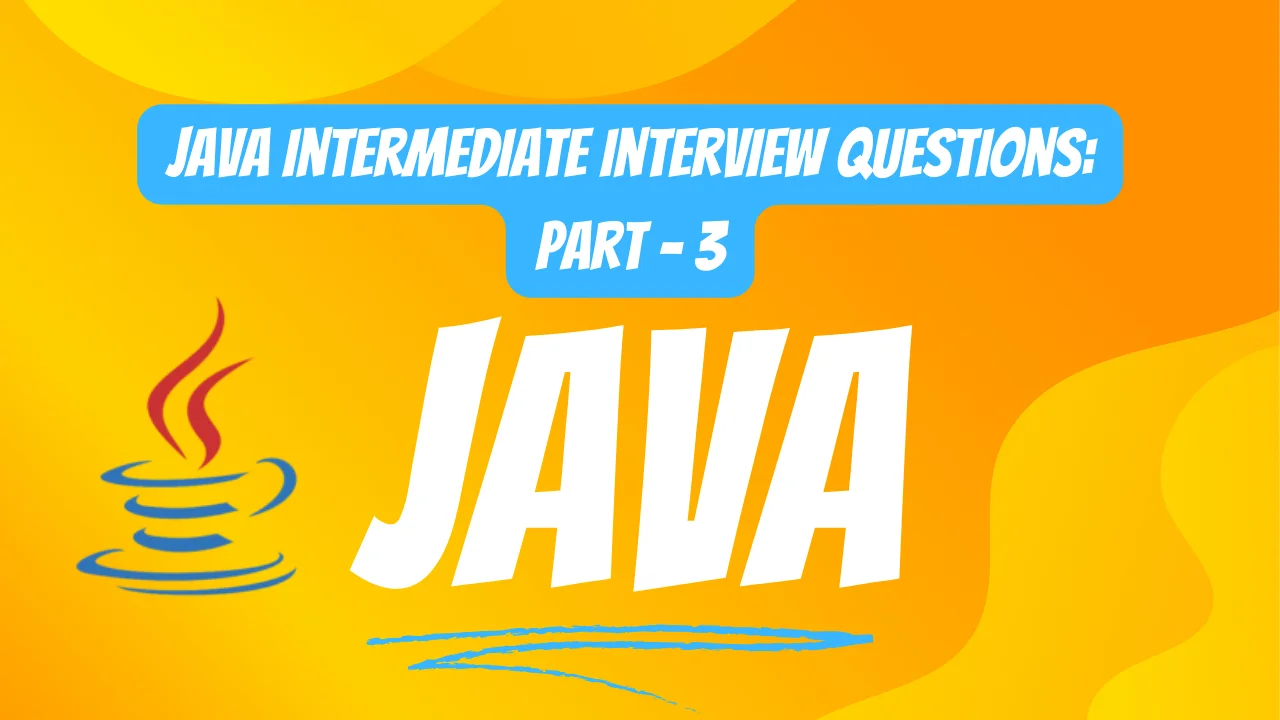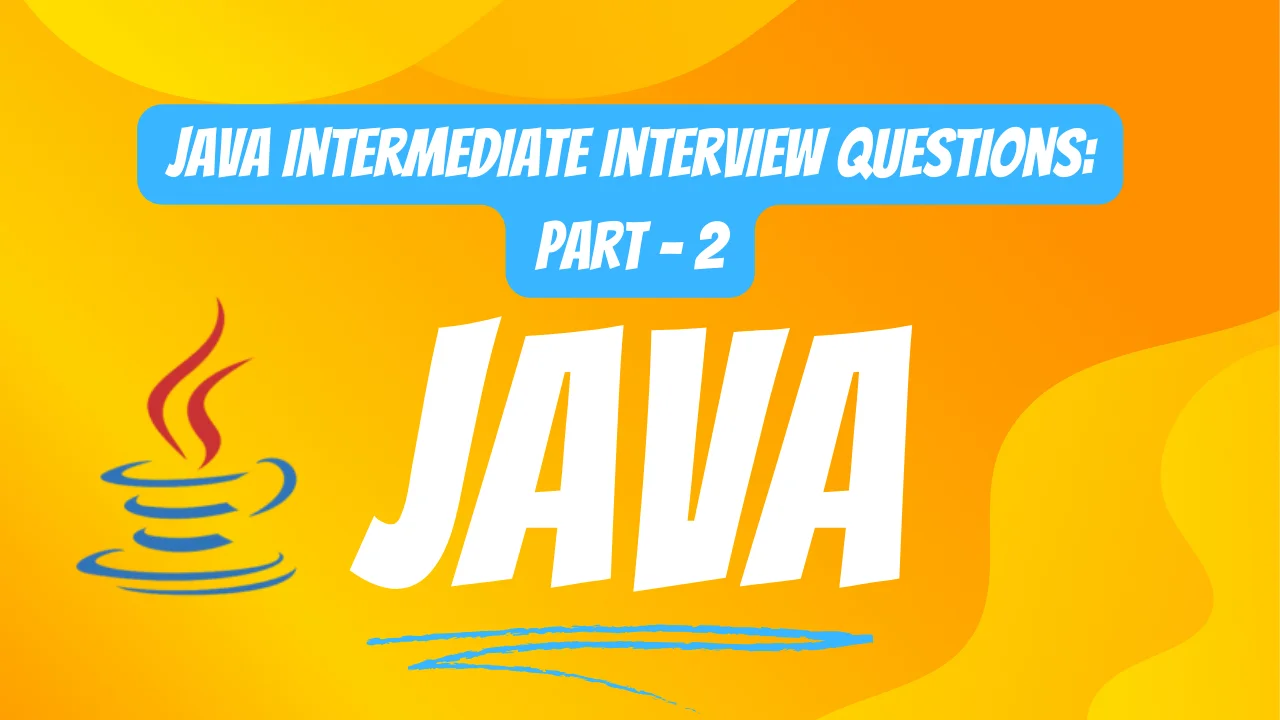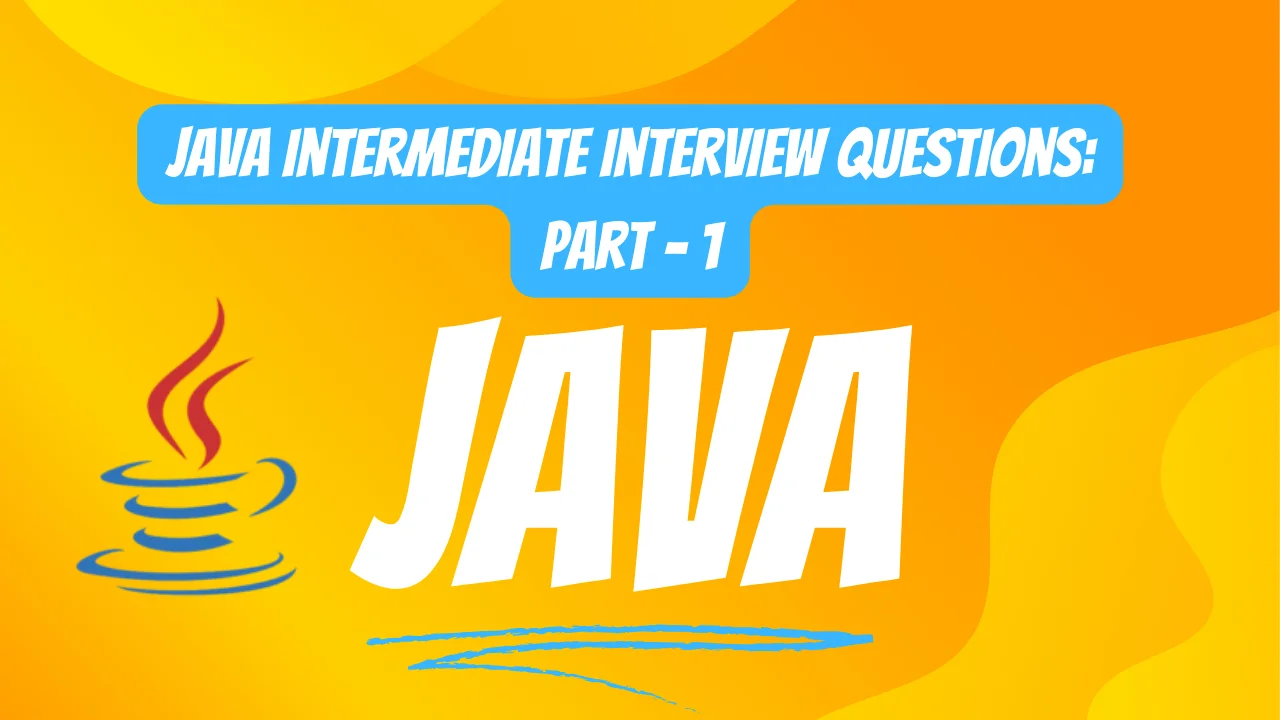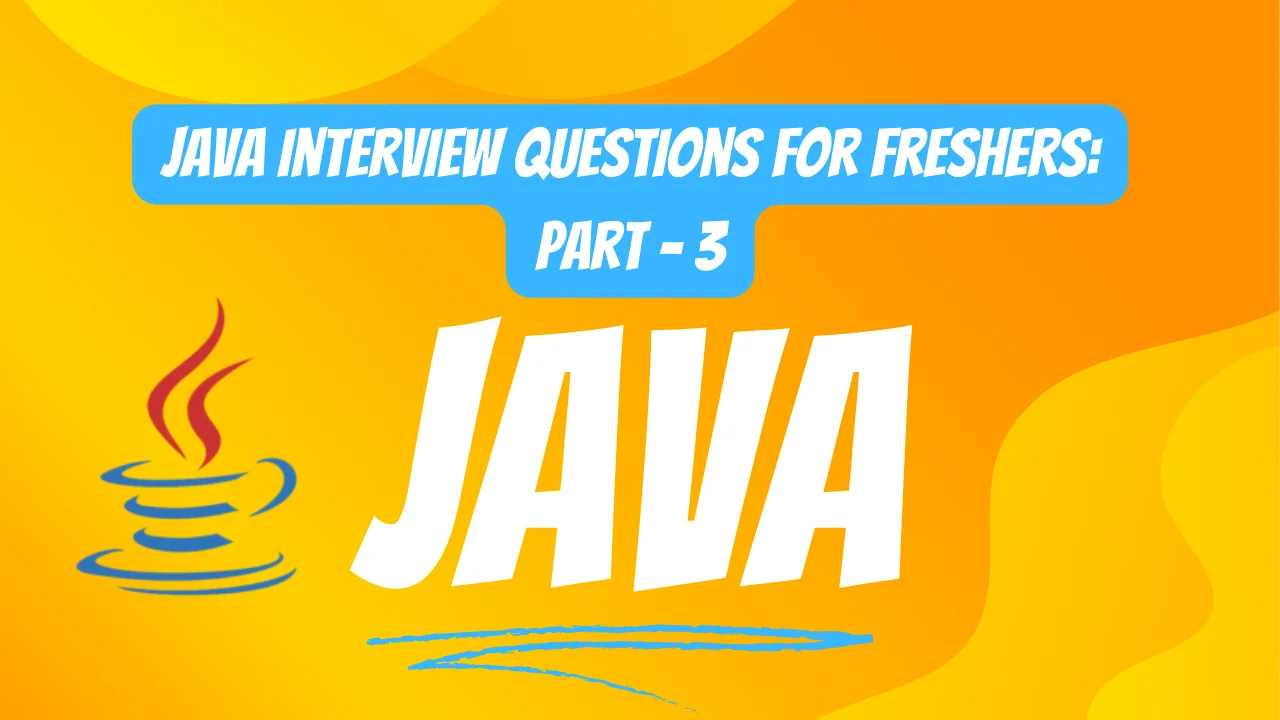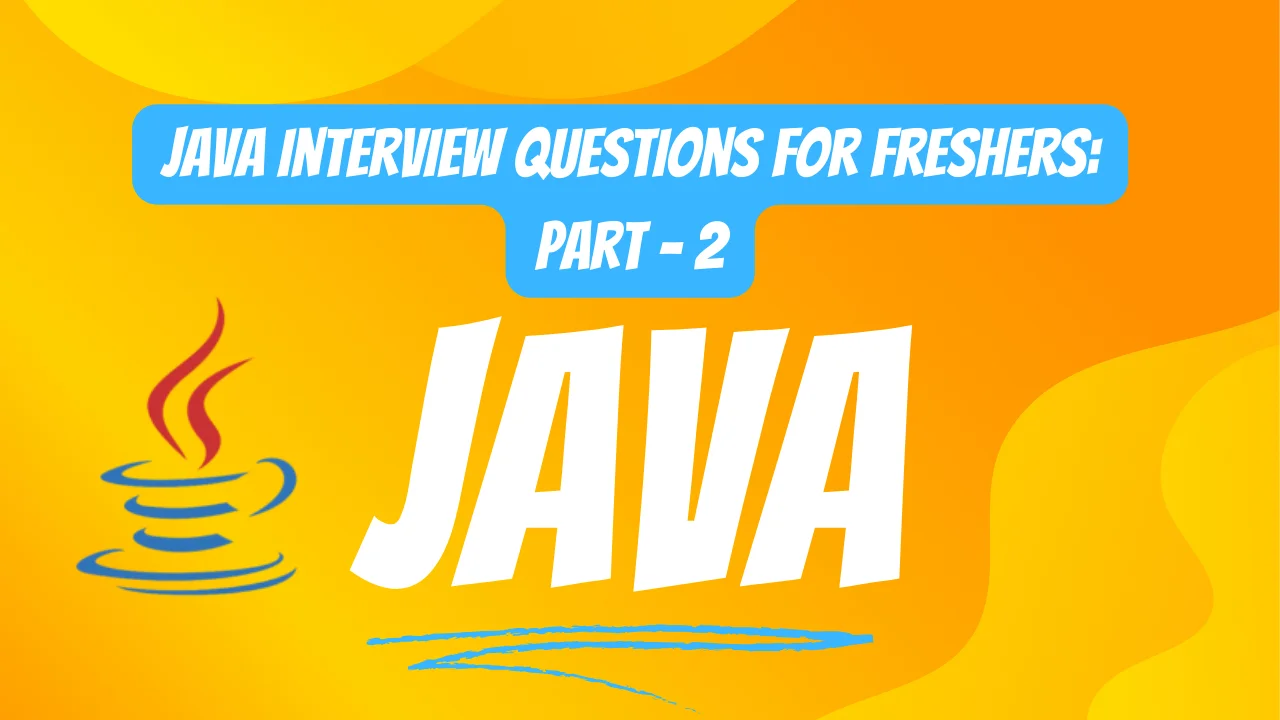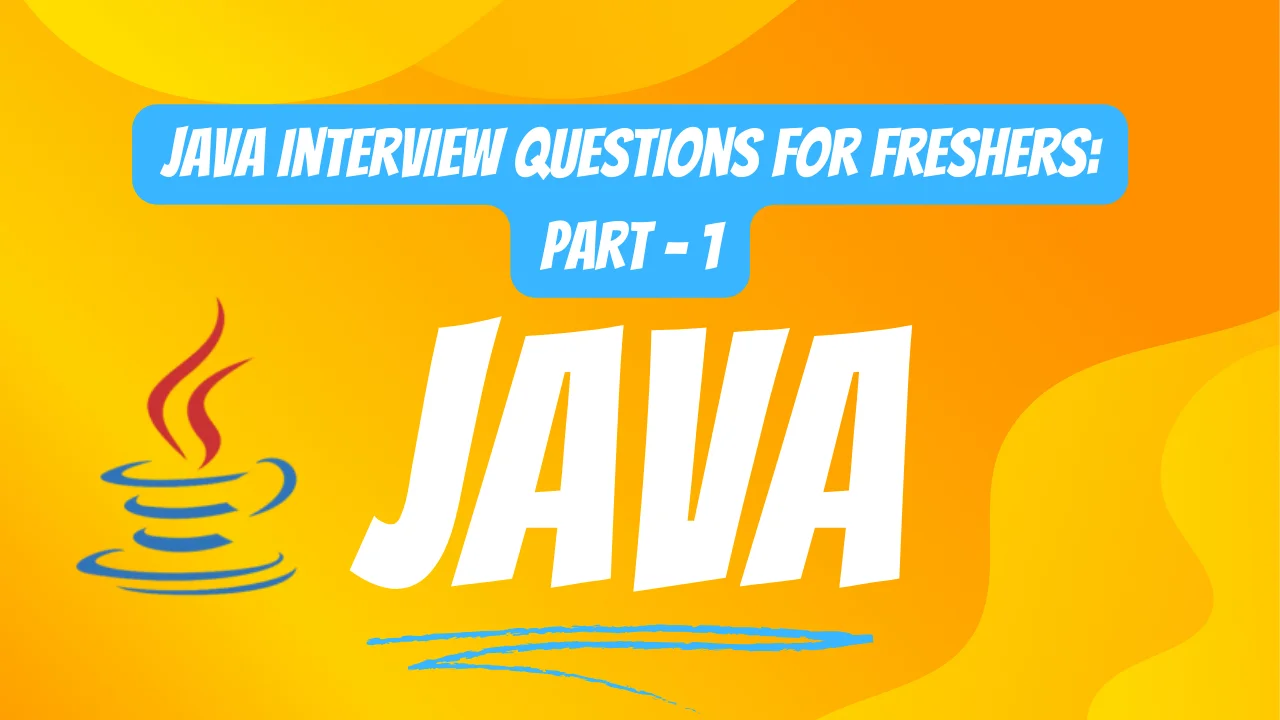Java Interview Questions for Freshers: Part - 4
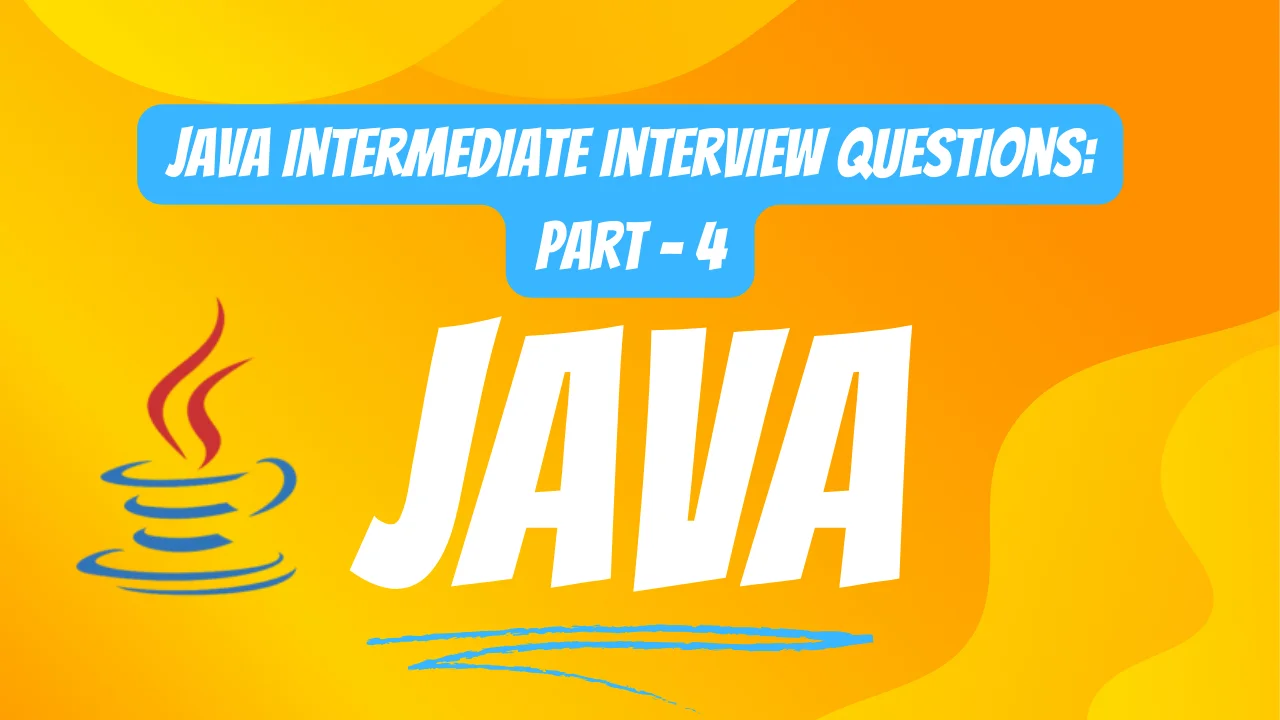
30. Describe how an exception propagates in the code.
When an exception occurs in Java, it’s thrown by the method that encountered the error. If that method doesn’t handle the exception, it’s propagated up the call stack until it finds an appropriate catch block or reaches the top-level/default exception handler (catch block or finally block) in the program or thread.
31. How do unhandled exceptions affect a program?
Unhandled exceptions in Java can cause the program to terminate abruptly. When an exception is not caught or handled, it propagates up the call stack until it reaches the default exception handler. If there isn’t any appropriate handling mechanism, the program stops execution, and an error message describing the exception is displayed.
32. Is it obligatory for a catch block to follow a try block?
In Java, a try block can be followed by either a catch block, a finally block, or both. However, it’s not mandatory to have a catch block after a try block. If a finally block is present without a catch block, it handles cleanup or resource release operations after the execution of the try block, even if an exception occurs.
33. Will the final block execute if a return statement is present at the end of the try block and catch block?
Yes, the finally block will execute even if there’s a return statement at the end of both the try and catch blocks. The finally block is guaranteed to execute before the method returns, allowing for cleanup or finalization operations, regardless of whether an exception is thrown or not.
34. Can you invoke a constructor of a class from another constructor?
Yes, a constructor in Java can call another constructor within the same class using the this() keyword. This is known as constructor chaining, allowing one constructor to invoke another constructor from the same class.
35. Explain why contiguous memory locations are typically used for storing actual values in an array but not in an ArrayList.
Arrays in Java store elements in contiguous memory locations, allowing direct access based on index positions. ArrayList, however, is implemented using a dynamically resizing array internally. It doesn’t require contiguous memory; instead, it dynamically allocates memory as needed, which can lead to non-contiguous memory allocation.
36. Why does indexing in Java arrays start at 0?
In Java, indexing begins at 0 due to historical and computational reasons. It’s a convention inherited from lower-level programming languages like C. The choice of starting from 0 simplifies pointer arithmetic and memory addressing while maintaining consistency and predictability in array operations.
37. Why is the remove method faster in a linked list compared to an array?
The remove method is faster in a linked list compared to an array because, in a linked list, removing an element involves only updating the pointers or references of neighboring nodes. However, in an array, when an element is removed, all subsequent elements must be shifted to fill the gap created by the removal, which can be time-consuming, especially for large arrays.
38. How many overloaded add() and addAll() methods exist in the List interface? Elaborate on their purposes and uses.
In the List interface, there are multiple overloaded versions of the add() and addAll() methods. These methods differ in their parameters, allowing for flexibility in adding elements to a list.
- add() methods: There are multiple versions accepting different arguments (element, index, etc.) to add elements to the list at specific positions or the end of the list.
- addAll() methods: Similarly, there are several versions accepting different parameters (Collection, index, etc.) to add multiple elements from a collection to the list, either at the end or a specific position.
These methods provide various ways to manipulate and add elements to a List.
39. Explain the dynamic growth of the size of an ArrayList and its internal implementation mechanism.
An ArrayList dynamically grows its size by reallocating a larger internal array when it reaches its capacity. Initially, it allocates a certain capacity (default or specified) and when more elements are added beyond the capacity, it doubles the size of its internal array (grows by 50% in older Java versions) and copies the existing elements into the new larger array. This resizing operation allows the ArrayList to accommodate more elements efficiently.
In conclusion,
mastering Java is a crucial step for freshers looking to excel in the competitive IT landscape. Our compilation of Java interview questions for freshers is designed to be a comprehensive guide, helping you prepare with confidence. Whether you’re just starting your career or aiming for new opportunities, a solid understanding of Java is a valuable asset.
Ready to take your Java skills to the next level? Explore our top-notch Java Training in Chennai. Our expert instructors and hands-on approach ensure that you not only ace interviews but also thrive in real-world scenarios. To kickstart your journey to Java excellence, contact us at +91 9159-333-334. Secure your future today with the best Java Training in Chennai. Don’t miss out on the chance to propel your career forward
Java Intermediate Interview Questions: Part- 1

